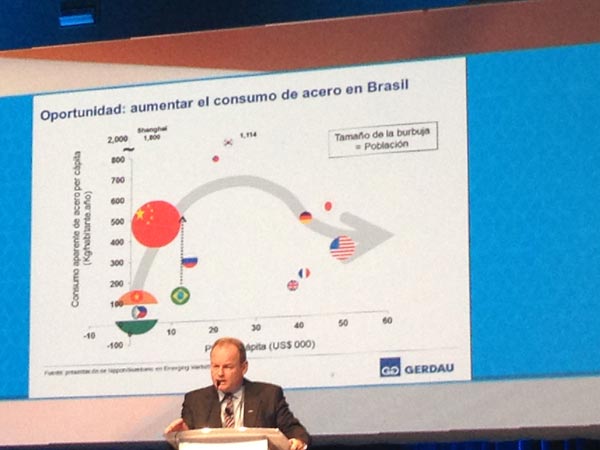Chinese mining firms will not halt operations in Zambia
Source: www.chinamining.org Citation: Xinhua Date: January 4, 2015
Chinese Ambassador to Zambia Yang Youming said on Friday that Chinese firms operating in Zambia will not halt their operations following the change of the country`s mining tax plan.
The Zambian parliament recently approved the 2015 national budget, which among other things has introduced a new mining tax plan. The new tax law has since been assented to by the acting Zambian president.
The new tax plan has seen the increase in mineral royalty taxes from six to eight percent for underground mines and to 20 percent for open pit mines, with some mining firms threatening to halt operations.
But Yang said in an interview broadcast on state radio, the Zambia National Broadcasting Corporation, that halting operations was not the best solution to tackle the problem but dialogue.
The Chinese envoy said Chinese firms have started consulting the government over the new tax plan and hoped that an amicable solution will be found after the talks.
He further reaffirmed Chinese companies` commitment to work closely with Zambian communities and to contribute to the country` s development due to long-lasting relations.
Zambia`s acting President Guy Scott said last week that the government has begun talks with the mining firms following the change of the mining tax plan.
He further said the government will not be intimidated by some mining companies that were threatening to close their operations following the introduction of the new mine tax plan.
Last year, Canadian-based mining giant, Barrick Gold Corporation, announced plans to initiate a process of suspending operations at its unit in Zambia following the government`s decision to approve the budget which contains the controversial new tax plan.
The Toronto-headquartered mining giant, which runs Lumwana Copper Mine in northwestern Zambia, said the introduction of the new mineral royalty has left it with no option but to initiate the process of suspending operations to reduce costs.
The new Mines and Minerals Act of 2014 replaces the 2008 Mines and Minerals Act and has stirred a debate in Africa`s second largest copper producer, with mining firms threatening to cut down on operations while the government has insisted that it will not bow down to the pressure from mining firms, saying the new law is a win-win situation for both parties.
The Zambia Chambers of Mines, an umbrella body representing major foreign mining firms, said the imminent implementation of the 2015 budget measures will make a number of other operations economically unviable, potentially leading to further mine closures.
The industry body said the southern African nation will lose in excess of 158,000 tons in copper production next year while over 12,000 workers will lose jobs in the sector due to the implementation of new mining tax plan.
About CHINA MINING
Since first held in 1999, the scope and influence of CHINA MINING has grown rapidly year by year. As a global mining summit forum and exhibition, CHINA MINING Congress and Expo has become one of the world’s top mining events, and one of the world’s largest mining exploration, development and trading platforms, covering all aspects of the whole mining industry chain, including geological survey, exploration and development, mining rights trading, mining investment and financing, smelting and processing, mining techniques and equipment, mining services, etc. playing an active promotion role in creating exchange opportunities and enhancing mutual cooperation between domestic and foreign mining enterprises.
CHINA MINING Congress and Expo 2015 will be held at Meijiang Convention and Exhibition Center in Tianjin on November 20th-23rd, 2015. We invite you to join the event and to celebrate the 17th anniversary of CHINA MINING with us. For more information about CHINA MINING 2015, please visit: m.balanzskin.com.






